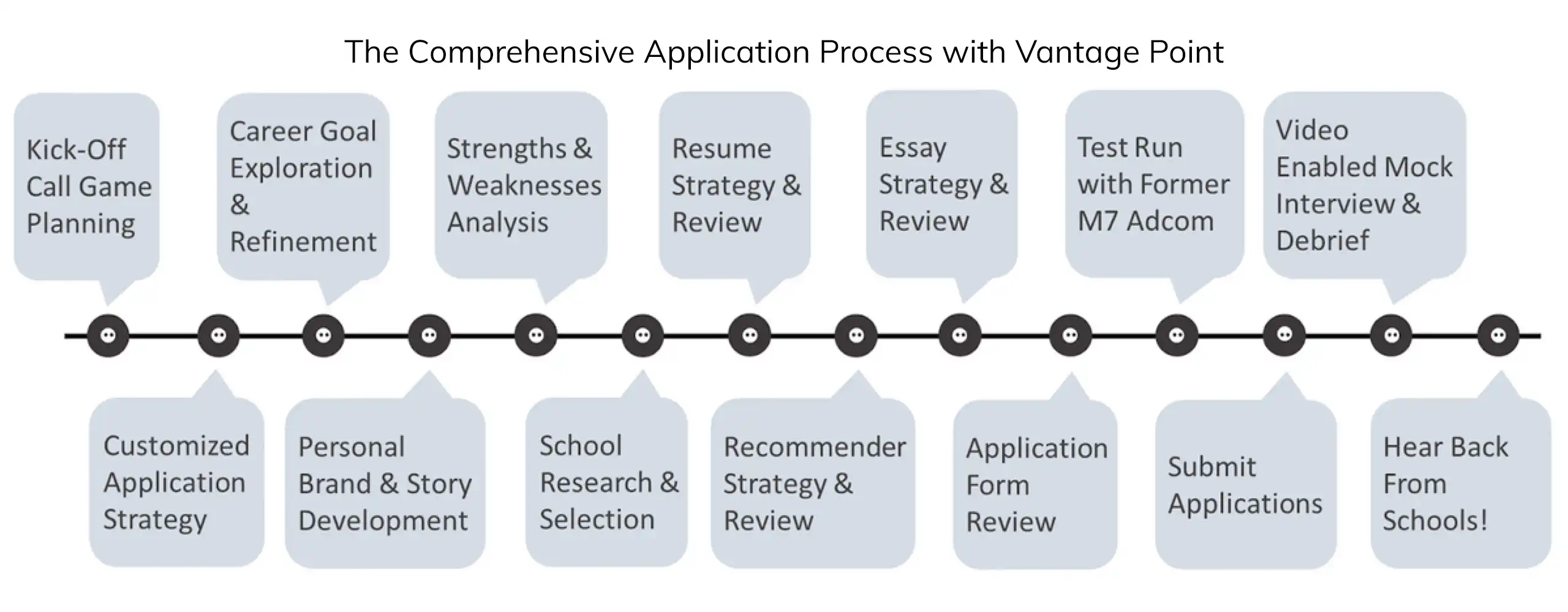These 3 Bullets Should Be On Your MBA Resume
As you’re applying to business school, your resume is like your executive summary: it should concisely tell the story of how you’ve grown and developed over the course of your career as well as provide an indication of your focus areas and motivations. However, not all resume bullets are created equal!
Simply describing what you did or what you accomplished doesn’t always paint a complete picture of your leadership potential, which we know is one of the largest areas of evaluation. As such, below is a list of three bullets that you should include on your resume to ensure that you’re giving the admissions committees some data points that they can use to assess not only your career progression but also your leadership potential. You can pick from experiences in college, work or the community; but before you hit submit, we recommend that you have all three of the stories below embedded in your resume in some way, shape or form.
- A Time When You Created: Someone who creates is often someone who goes “above and beyond”. People who create take it upon themselves to innovate and try something new in hopes of creating “lasting value”, as Kellogg would say. Consciously or unconsciously you take steps to problem solve, strategize and often motivate a team in order to come-up with a creation that actually works. All of that spells leadership to an admissions committee! So, whether it’s a time that you developed a new logistics plan for your team in response to a problem that you saw (like one of my clients right now) or you established a fundraiser for a cause that you care about in your hometown, make sure you are able to provide evidence that you are someone who can create and innovate.
- A Time When You Fixed: Taking the time to fix something that’s broken or malfunctioning signals that you have a strong work ethic, that you care, that you are a team player, and that you are proactive. So many people walk by or around problems and issues every day and just look the other way (literally or figuratively); but leaders, and game changers take the time to stop and make it better because they know it’ll help everyone in the long run. Perhaps you took the time to go back and adjust the data in your company’s CRM so that you could make better data driven decisions; or maybe you rewrote the onboarding program for your company so that it was brought up to current times. Whatever the case, providing evidence that you “fix what’s broken” can go a long way in demonstrating your character and leadership potential.
- A Time When You Enhanced: Some of the best business leaders are those who subscribe to the notion of continuous improvement. Leaders don’t assume that everything is perfect “as is”; instead they have an ability to keep asking questions and making improvements if needed. Perhaps you questioned whether the algorithm your company was using was the best option; or maybe you pushed back when senior leadership wanted to delay the launch of a new service. Whatever the case, and whatever the action, telling a story about a time when you enhanced or improved a process, project, or even product can signal that you are the type of person who believes in pushing the boundaries and working towards excellence (eg. you don’t just take orders and not care whether it’s the best it could be).
If you have multiple stories for each of these categories, great! But at a minimum, try to weave at least one of each of these categories into your resume in order to ensure that your leadership potential shines through!
Other articles from Vantage Point MBA that you may like:
A Quick Comparison of the Top MBA Programs
When To Retake the GMAT (And When Not To)




